
views
Packing Your Carry-On
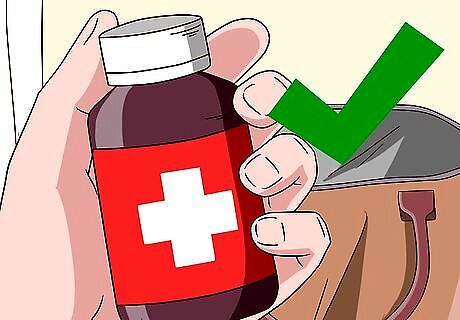
Pack it in your carry-on if you cannot live without it. Pack the essentials: undergarments, shoes, a set or two of regular clothes, entertainment, medication and, for longer flights, basic toiletries. Some people fly as if they may never see their luggage again – and that has some merit. Keep in your carry-on the minimum of what you need to survive should you lose your luggage. Double-check TSA guidelines before packing something in your carry-on. You don't want to have to throw anything away. Make sure to take all your medication and everything you need to be comfortable. Prescription and non-prescription medication are allowed. It’s easier to get extra liquids through security if they’re medically needed, like with saline solution. In order to cut down on the amount of clothes to pack, choose items that are interchangeable. Stick to a few items that all go together, rather than completely separate outfits. Use accessories to spice up an outfit. For example, scarves are small and easy to pack, and can be used as a scarf, headband, or even a belt. Take your swimsuit if you are traveling by air, put it within your vacation gear, especially if you are a woman. If your bags are lost when traveling by air, most items (such as shorts or T-shirts) can usually be purchased at your destination. However, if your bags are lost, swimsuits for women can be hard to shop for. If you do not have your swimsuit you may miss out on the beach, hot tub, or other vacation fun.
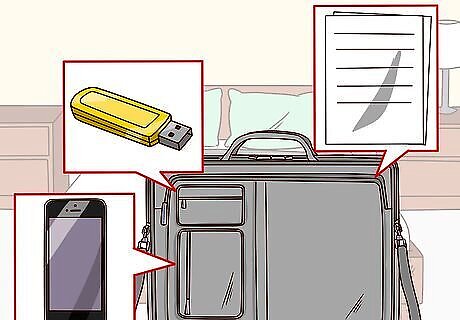
Pack valuables in your carry-on. Anything valuable should come with you in your carry-on. On the off-chance your luggage gets lost or damaged, your carry on should not leave your possession. If you'd be heartbroken if you lost it, take it in your carry-on if you take it at all. For safety reasons, any electronic items with lithium ion batteries, including most laptops, smartphones, tablets, should be packed into your carry on instead of checked luggage whenever possible, per FAA recommendations. In addition, power banks and spare lithium ion batteries should always go into your carry on instead of checked luggage. Pack large electronics last, so they are easily accessible. You will not need to go digging around when time is of the essence.
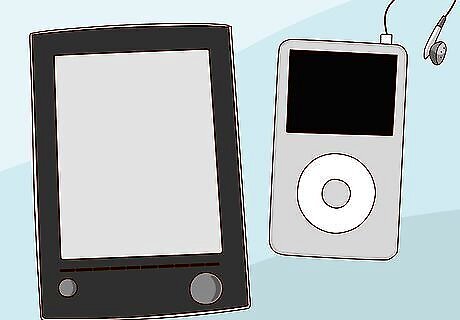
Pack your electronics together. This is good for two reasons: You will probably get bored on your flight, even if it is only half an hour, and having your electronics together lets you know where everything is so you can access your iPod, iPad, Kindle, or whatever else you need as quickly and easily as possible. The TSA requires electronics to be screened – when they are all in the same place and easy for the agents to see, you won’t be the one holding up the line at security.
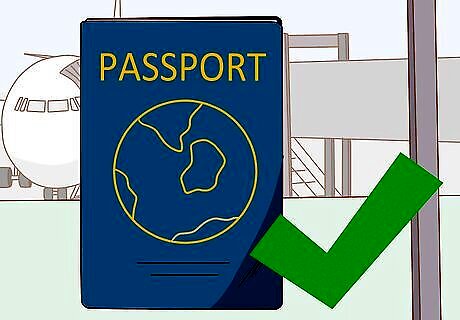
Make sure you have your documents. In order to get on the plane, you need identification, such as a passport or driver’s license. Do not forget your ATM card and your credit card or AAA card. However, it is probably a good idea NOT to take every card you own because you run the risk of losing the cards. In an easily accessible pocket of your carry-on luggage, store your flight information: the airline, the flight number, your confirmation code, and the flight details. This comes in handy at the self-service check-in kiosks that so many airlines provide now at the airport.
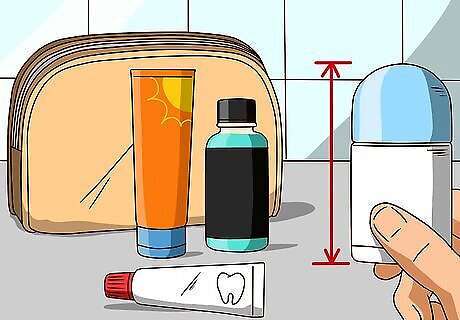
Ask yourself if you really need toiletries. You may not need to pack much, if any. Your Aunt Maria probably has shampoo, for instance, and Peru will likely have toothpaste. It may take an extra stop at a store on your travels, but by avoiding tons of bottles, lotions, and tubes, you save space for other, more important things. If you do bring toiletries, in the United States the 3-1-1 TSA regulations still applies. You can fill as many 3 oz bottles of toiletries (100 ml) as you want into ‘’one’’ quart-size plastic ziplock bag (limit one per flyer), but you have to take out the bag at security screening. Go to www.tsa.gov for the full rules and regulations.

Have a first aid kit with the basics, especially pain medication. Sometimes flights can cause headaches, so have a pack ready just in case this happens to be that one. A few things you may want to pack: Painkillers Bandages A sedative (if you are a nervous traveler) Anti-nausea medication Chewing gum (for air pressure changes) Tissues Earplugs (good for travel in general) Medication for anything you are prone to, such as allergies.

Wear it, do not pack it. Remember you are not charged for the clothes you wear traveling, so dress with that in mind. Dress in layers so you can bring more with you. Instead of a T-shirt and jacket, wear a T-shirt under a long sleeved top under a sweatshirt, for example. Wear your hiking shoes and pack your flip-flops, especially when you are traveling for business.
Packing Your Checked Luggage
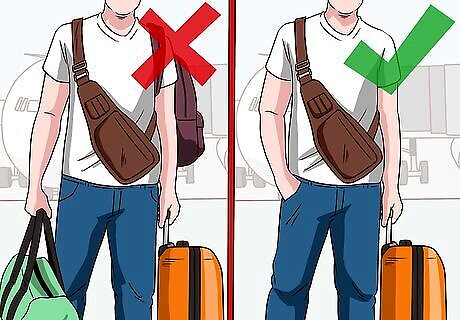
Avoid checking luggage if you can. You can manage, which earn traveling by air, for a three month work trip, without checking any bags if you really want to. Checking luggage, for some, is a pain in the rear. You have to worry about packing it, dragging it with you, meeting weight requirements, likely paying extra fees that you did not know about, and then hoping the airlines do not lose it. If you are traveling for less than two weeks, consider it. It may be a challenge, but it is doable. Flight attendants and crew do it all the time. They can go over a week with just a carry on. If they can do it, so can you. You can then use the extra $50, if applicable, for whatever you please.

Pack as light as possible. In addition to meeting the weight requirements, it’s just easier to pack lighter – fewer things may get lost (via flying or when you leave them in your hotel room), it is a lighter bag to tote around, and you'll have plenty of room for souvenirs and impulse buys. And it'll take less time to repack. Though you should hold off on bringing too many shoes, you have to bring some. Shoes should be packed in plastic bags to avoid soiling your other goods unless they are brand new. Also, consider packing socks in your shoes rather than waste space.
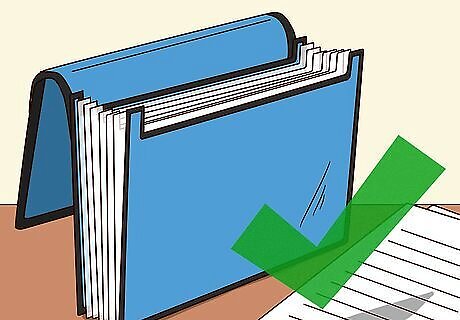
Put copies of your important documents in your checked luggage. Just in case something were to happen to your carry on, you forget to pack your carry-on correctly, or something unfortunate happens on your trip, put copies of important documents in your checked luggage. Scan your passport, visa, and anything else that you may need in the worst of circumstances. If you do it, you won’t need it. But if you don’t, you may.
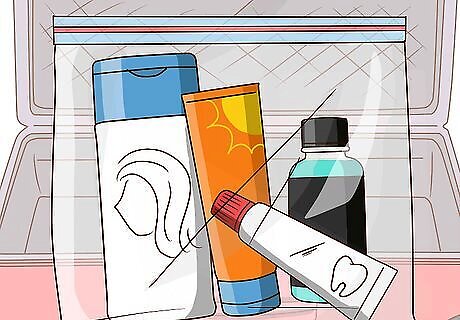
Expect bottles to leak when you travel by air. If you are bringing toiletries with you, it is likely something will leak. Each item should be wrapped separately and stored in bags to make sure none of it gets on your clothes. Keep these in a separate area in your bag, too. Take the lid off of each bottle and plastic wrap the top; then put the lid back on. This means that even if the lid opens, you should still be fine.
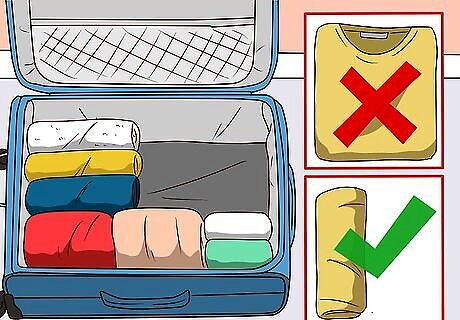
Roll your clothes. If you are not already rolling your clothes, get on the bandwagon. It prevents awkward square-shaped wrinkles and it saves room, so hop to it. Start with the heavier ones on bottom as lighter ones are generally more moldable to the shape of the top of your bag. The tighter the roll, the more room you save. Even a little more compression here and there goes a long way.

Take an extra plastic bag or two. Some airports are courteous enough to provide plastic bags for you, but if yours is not one of those, take them yourself. They are always useful, especially if you are traveling in a group – someone always forgets. And this way if your first round bags get soiled, you have a backup. The zipper kind – the kind that literally has a zipper on it. The resealable ones are better than the non-sealable kind, but the zipper kind is best – the resealable kind can open when force is applied. High-quality zip-lock bags can also be used to pack your bag tighter. You can sometimes get to 1/3 more room if your clothing is put in zip-lock bags, the air forced out, then sealed. It can also protect clothing from getting soaked in outdoor adventures and keep your dirty underwear away from your clean clothes.

Play Tetris with your belongings. To get the most out of your bag, you’ve gotta pack it according to the shape and size of your items. Start with the biggest, heaviest items on the bottom and work your way up to the light items – this will make it easier to close your bag when all is said and done. If something is an odd shape, pack clothes around it – make it a point to never pack air. In general, it's easier to back long, cylindrical items than odd shaped bottles and containers. In the future, to streamline your packing look for items that are of more basic shapes and sizes. They take up less room overall.

Do not pack what you will buy. If you are planning to shop at fashionable Parisian boutiques on your travels, do not stuff your suitcase full of ordinary clothes. Leave room for your purchases in your bags.
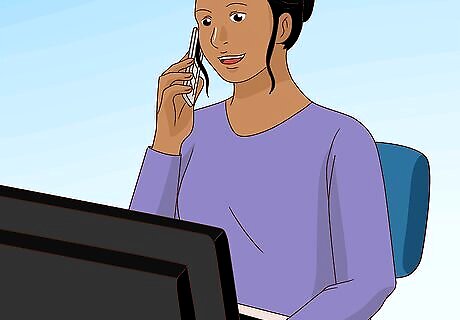
Can you ship ahead? In some cases, it may be easier to ship your items by mail or by a service like FedEx or UPS. This may be very important if you are going on an extended trip or need special equipment, like winter camping gear.
Preparing for Your Trip

Pick out your bags. By picking two smaller bags (ie. a roller bag that can fit in the overhead bins and a backpack for under the seat) you eliminate having to check any luggage at all, and that also eliminates lost luggage and finding luggage at the baggage claim! However, if you are unable to carry-on your suitcase, some important things to remember are: Most airlines charge per bag, so aim for big suitcases if you need to to cut down on number. However, overweight bags typically cost more than additional bags, so be careful! Choose unique bags. You want to be able to spot it quickly at the pickup carousels. If you have a generic bag, put a marker like a ribbon on it. Aim for at least one roller. You can stack a duffel bag on top of a roller bag, but carrying multiple duffel bags is a drag. Check for damages to your suitcases/bags before you go.
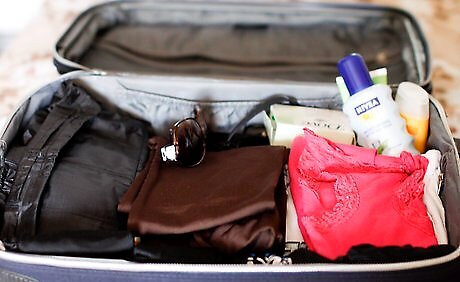
Pack it all up the day before your trip. In the rolling suitcase, pack all of your clothes, toiletries, and items you won't need until you arrive. There are many different ways to pack, but many people find that rolling up your clothes keeps clothes from wrinkling and saves space in your suitcase. If you don't like that method, do some research to find other ways to pack your clothes. As you pack, check things off of your list to make sure that you haven't forgotten anything.
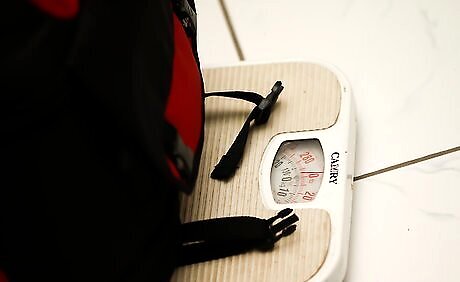
Weigh your suitcases. Each passenger gets a baggage allowance, which is usually determined by fare, destination, date of travel and how frequently you fly. To make sure that your suitcase doesn't exceed the weight limit, weigh your suitcase beforehand. There are gadgets to do this for you, or you can use a bathroom scale. If you are having problems with your scale, first weigh yourself, then weigh yourself with the suitcase, and subtract the the weight of you alone. Find out your baggage allowance, and if you luggage exceeds it, consider taking out some items.
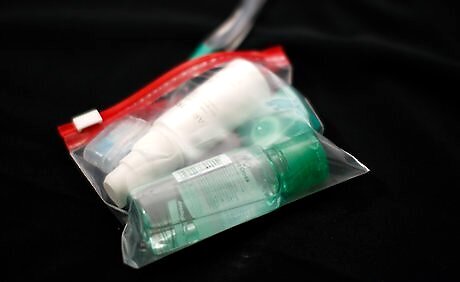
Take care of last-minute items. As you're packing, make a list of things that you don't have or need to pack last-minute. If you don't have a travel toothbrush, or you had to use your phone charger the night before, write it down and put the note in a noticeable area for easier remembering.
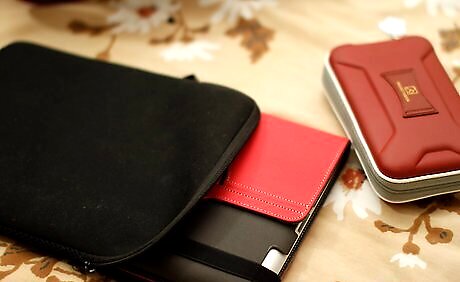
Recharge all your essential devices. The day before your trip, plug in all the devices you will be traveling with, such as cell phones, iPods/MP3 players, portable game systems, digital cameras, and any other device that requires charging. Remember to bring your chargers with you if you think your devices will run out of battery while you're away.
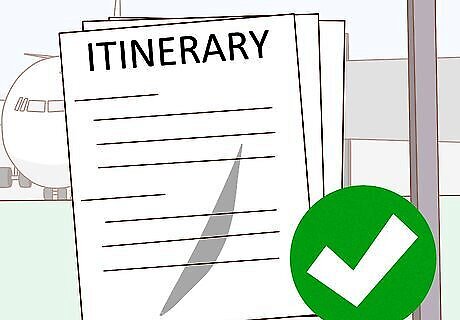
Know the duration of your flight and trip. Your trip destination will determine the kinds of things to pack, and the length will determine how much of each item is to be packed. What days do you have special events planned? How can you use the same pieces over and over? If you can, try to avoid needing a checked bag. More and more airlines are charging for that first checked bag, and a cheap flight can turn into an expensive one in a matter of no time. If flight attendants can live out of a carry-on for over a week at a time, so can you.
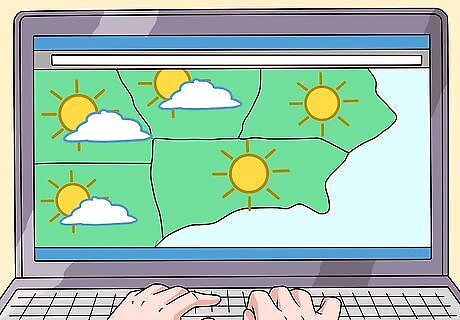
Check the weather. Checking before packing can help pinpoint what you really need. For example, Vermont typically has mild summers, but also has "heat waves" that can make it semi-tropical. Checking the weather will let you know if you really need to pack that tank top or that umbrella. Take a small amount of multipurpose items to deal with the climate of your vacation destination. For instance, one waterproof windbreaker takes less space than a raincoat and a jacket.
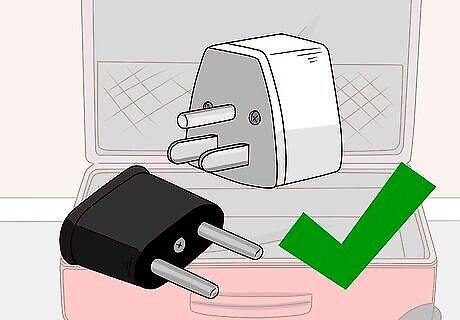
If you are leaving your country, check if you need adapters. If you’re going to a different country or overseas, odds are certain things will be different. Will you need an electronics adapter?
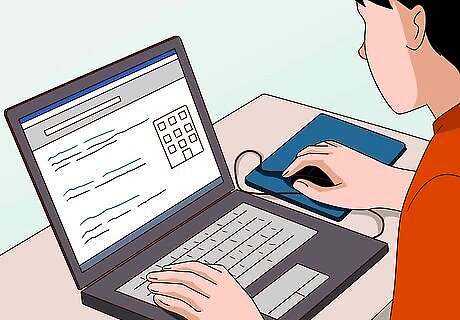
Understand prohibitions. You may not be able to bring your Saudi host a bottle of wine, for example. Or take certain kinds of plant seeds to Australia.















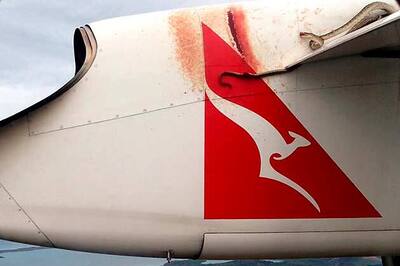




Comments
0 comment